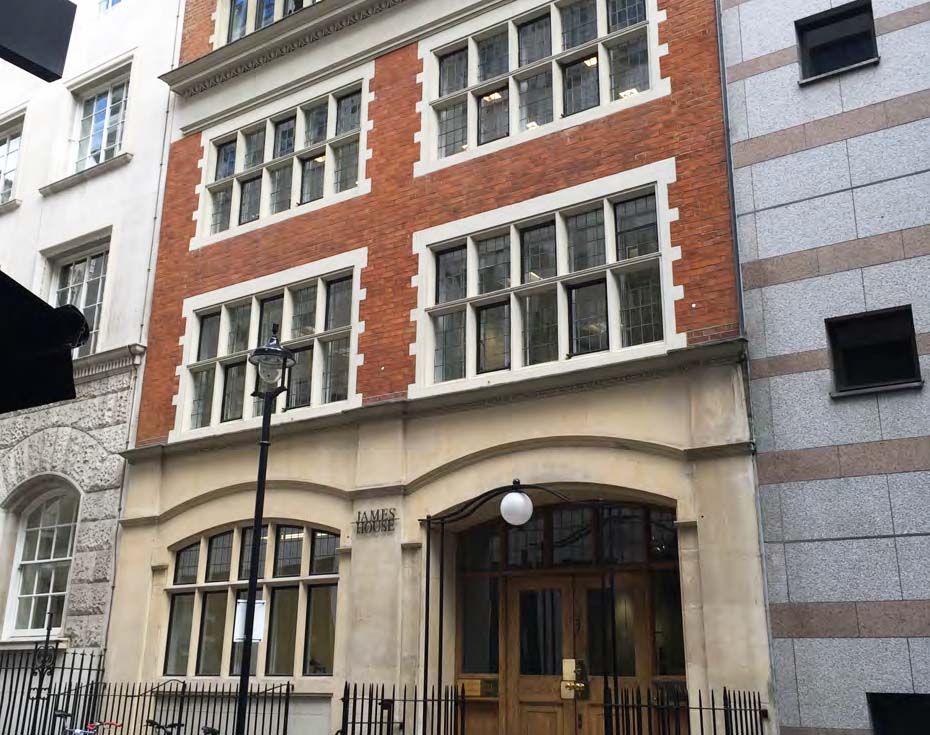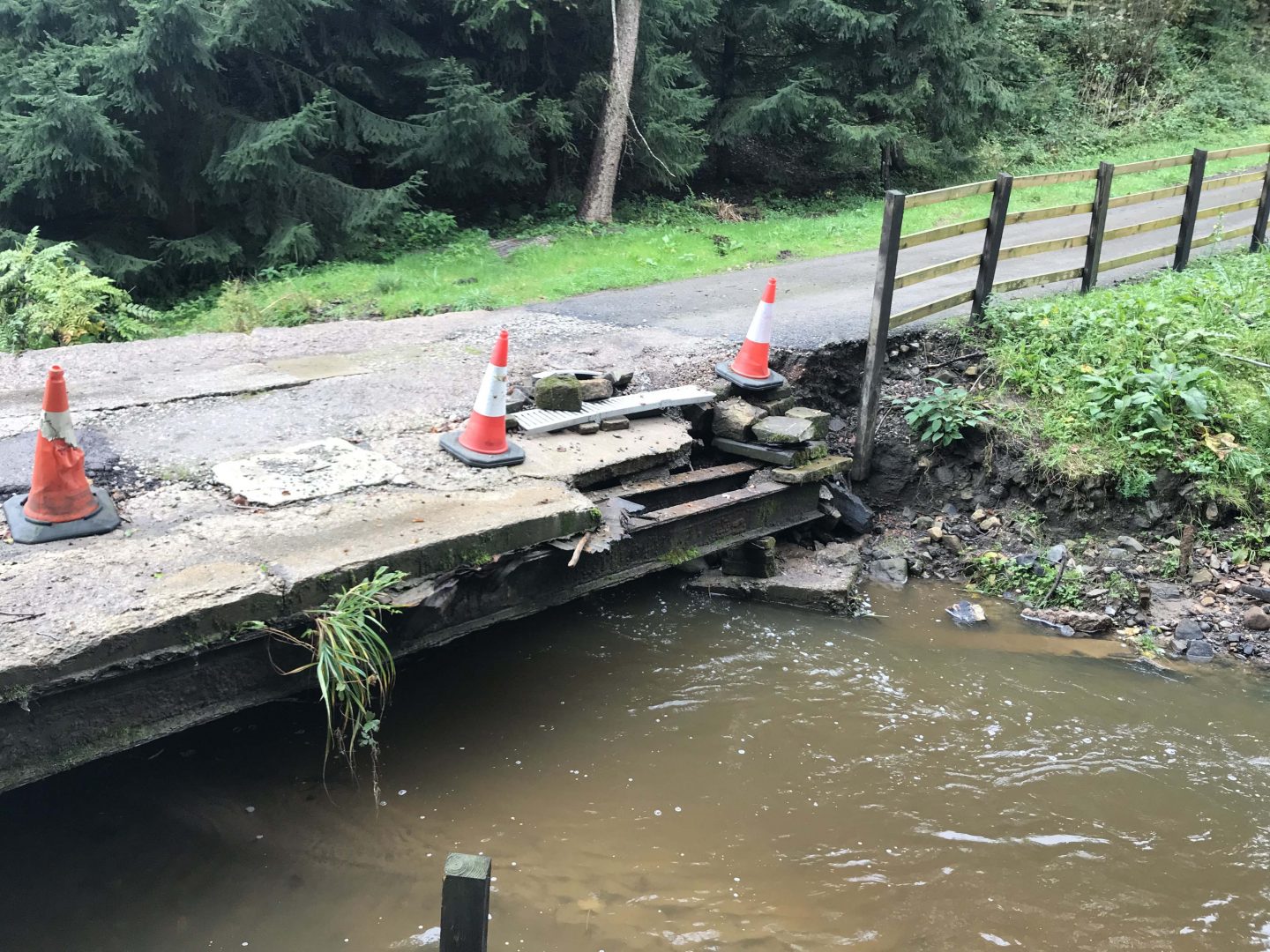Viewpoint: Not another industrial notch on the Midland’s greenbelt?
Industrial | Michael Jones | 19 September 2016As the Midland’s greenbelt once again faces pressure for development, are there smarter solutions available which provide better opportunities for both landlords and occupiers?
Developing the greenbelt is an issue that rears its head on a regular basis, and one which commercially-minded individuals will return to time and again as a seemingly simple way to meet demand for new buildings. The counter argument is that the country’s ‘green lungs’ should be protected from development of any sort because, as they say, ‘once it’s gone, it’s gone’. It is understandable that the greenbelt is so appealing, and arguably securing jobs and economic growth are highly desirable, but is ripping up our green and pleasant land the only solution?
Development v. new build
Research showing the Midlands has less than nine months’ supply of stock or ‘oven ready’ speculative space for industrial and logistics occupiers, has focused some minds back on the vast swathes of green fields located right on the doorsteps of our major cities. Extremely well located along the motorway network, these sites could easily allow for the development of the types of mega-sheds demanded by the big national retailers – both online and traditional – and the growing automotive supply chain, bolstered, in the Birmingham area, by continued good news from Jaguar Land Rover.
However, I’m not sure anyone could argue that every single brownfield plot in the Midlands has been exploited to its full potential. While many of these sites may not be suitable for a mega-shed, they may be appropriate for smaller scale development, meeting the demand of the vast – but often SME-size – automotive supply chain which is booming thanks to continued JLR investment in the region.
The extension of existing units is also a clear alternative to new build. Mezzanine installation allows occupiers to increase space by around two thirds with a relatively simple internal structure, and requires fairly straightforward changes to the warehouse operations – in terms of racking, lifts and stock management – to make the most of the additional space.
This can be reasonably cost effective, subject to actual specification, but a simple ‘light touch’ mezzanine could cost as little as £200 per square metre to install.
And then there’s second tier extensions. These pose a slightly more difficult challenge, as they would require roof removal and additional structural support – at significant cost – but could be worth the investment to an expanding business which is already ideally located for its customers and employees. Better still, the new build development of two-storey buildings could offer developers the chance to double their money for the same footprint, and occupiers to secure larger premises in popular locations, and offers a potential solution to the mega-shed question. The biggest barrier to this is likely to be the planning authorities who have an obsession with eaves heights and reducing visual impact. But, if the decision comes down to taller sheds or loss of greenbelt, surely raising the roof is more palatable to both the environment and the local community.
Getting the grades
There is undoubtedly a shortage in Grade A industrial stock, but there is also still an understandable reticence from developers to build on spec. For landlords, therefore, refurbishment provides an obvious opportunity. We’ve been working for Standard Life on the refurbishment of their 1970s units at the Gravelley and Elmdon Estates for a number of years, bringing buildings up-to-date in line with the requirements of any given occupier. There is, in truth, ample accommodation for growth if these secondary units are included in the head count, and refurbished to a high enough standard.
While the lack of available Grade A stock raises fears of the Midlands losing out to neighbouring regions or even overseas, the demand for just in time delivery makes proximity to the supply chain a vital part of the equation and works in favour of businesses staying local. Brownfield development, refurbishment and smart new build designs arguably provide sufficient options for occupiers in the current market without having to resort to the destruction of the green belt.











